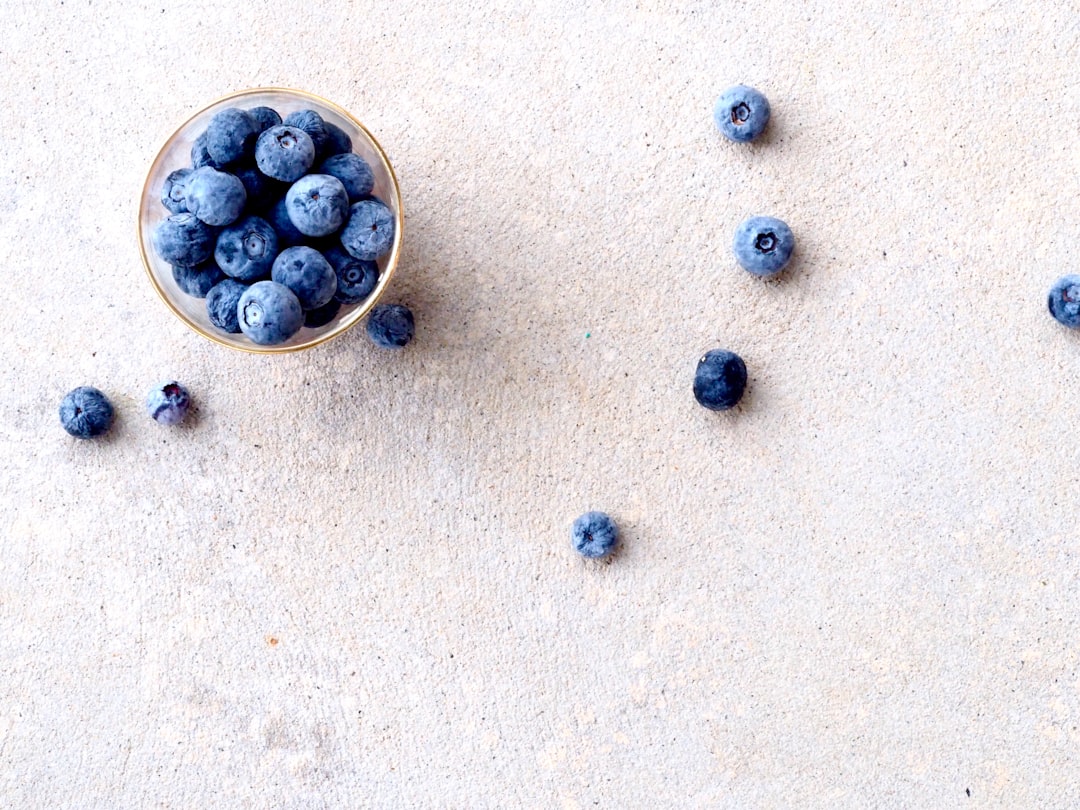What is it about?
Brain tumors (Glioblastoma), also called GBM, are among the most dreadful forms of cancer known so far. Cold atmospheric plasma (CAP) is the ionic state of gas and generated when a high voltage electrode interacts with pure gas such as Argon, Oxygen, Nitrogen, helium, and their mixture, such as air. CAP generates reactive species burst that initiates cellular pathways and leads to GBM reduction. It mediates DNA damage, Cell cycle arrest, and results in apoptosis. CAP also takes part in the suppression of the immune system, enhancer of MSC recruitment, miRNA-MSC adjuvant therapy, caspase-independent cell death, and synergistic approach with certain nanoparticles to inhibit GBM growth.
Featured Image

Photo by Hal Gatewood on Unsplash
Why is it important?
CAP technique is easy to use and cost-effective technique. Most of the CAP devices can be made easily in the laboratory. Also, CAP selectively eradicates brain tumor cancer cells in vitro without damaging normal cells and significantly reduces tumor size in vivo which makes it much better modality as compared to traditional chemotherapeutic drugs. The CAP can lead to a new paradigm in brain cancer therapy by offering a non-invasive surgical technique which allows selective brain cancer cell treatment without affecting the entire surrounding tissue.
Perspectives
This review article is having up-to-date information about all the known strategies applying for the reduction of brain cancers by using CAP and its derivatives. They may have a promising potential for future treatment of brain cancer when used alone or along with a combination of different nanoparticles, and it will be exciting to see the research outcomes in the near future.
Dr Manish Adhikari
George Washington University
Read the Original
This page is a summary of: Cold Atmospheric Plasma as a novel therapeutic tool for the treatment of brain cancer, Current Pharmaceutical Design, March 2020, Bentham Science Publishers,
DOI: 10.2174/1381612826666200302105715.
You can read the full text:
Contributors
The following have contributed to this page










